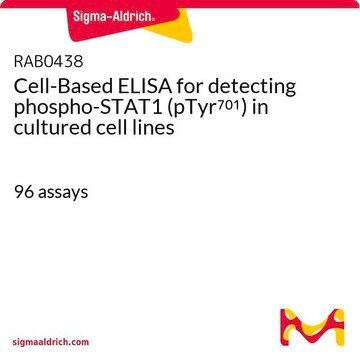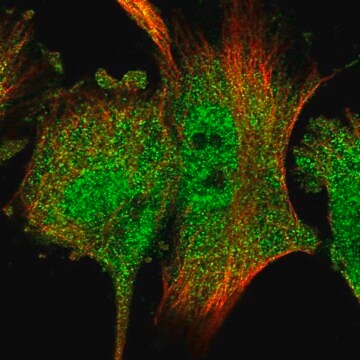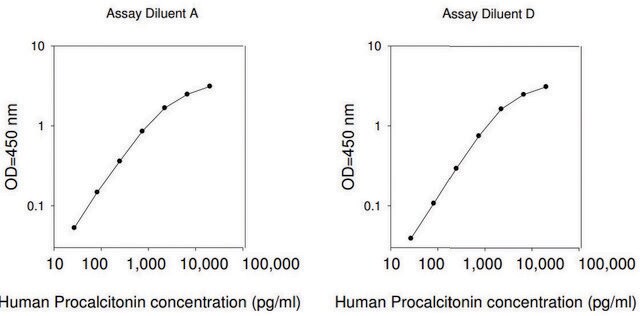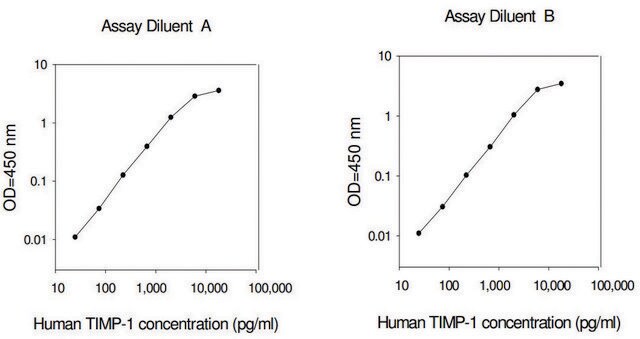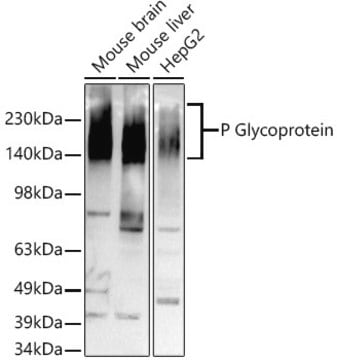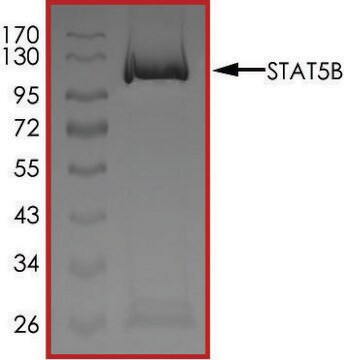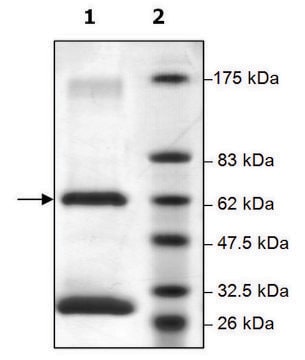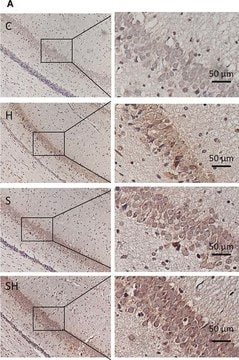R1905
Anti-RACK1 (N-terminal) antibody produced in rabbit
IgG fraction of antiserum, buffered aqueous solution
Synonym(s):
Anti-GNB2L1, Anti-Gnb2-rs1, Anti-Guanine nucleotide binding protein (G protein), beta polypeptide 2-like 1, Anti-H12.3, Anti-HLC-7, Anti-Lung cancer oncogene 7, Anti-PIG21, Anti-Proliferation-inducing gene 21, Anti-Receptor of Activated Protein Kinase C1, Anti-protein homologous to chicken B complex protein
About This Item
Recommended Products
biological source
rabbit
conjugate
unconjugated
antibody form
IgG fraction of antiserum
antibody product type
primary antibodies
clone
polyclonal
form
buffered aqueous solution
mol wt
antigen ~30 kDa
species reactivity
human, rat, mouse
technique(s)
immunoprecipitation (IP): 5-10 μL using HEK-293T cell lysates
indirect immunofluorescence: 1:100-1:200 using paraformaldehyde-fixed HeLa cells
western blot: 1:500-1:1,000 using HEK-293T cell lystes
shipped in
dry ice
storage temp.
−20°C
target post-translational modification
unmodified
Gene Information
human ... GNB2L1(10399)
mouse ... Gnb2l1(14694)
rat ... Gnb2l1(83427)
General description
Specificity
Immunogen
Application
Biochem/physiol Actions
Physical form
Disclaimer
Not finding the right product?
Try our Product Selector Tool.
related product
Storage Class Code
10 - Combustible liquids
WGK
WGK 3
Flash Point(F)
Not applicable
Flash Point(C)
Not applicable
Personal Protective Equipment
Regulatory Listings
Regulatory Listings are mainly provided for chemical products. Only limited information can be provided here for non-chemical products. No entry means none of the components are listed. It is the user’s obligation to ensure the safe and legal use of the product.
JAN Code
R1905-BULK:
R1905-25UL:
IXO14246:
R1905-200UL:
R1905-VAR:
Certificates of Analysis (COA)
Search for Certificates of Analysis (COA) by entering the products Lot/Batch Number. Lot and Batch Numbers can be found on a product’s label following the words ‘Lot’ or ‘Batch’.
Already Own This Product?
Find documentation for the products that you have recently purchased in the Document Library.
Our team of scientists has experience in all areas of research including Life Science, Material Science, Chemical Synthesis, Chromatography, Analytical and many others.
Contact Technical Service
